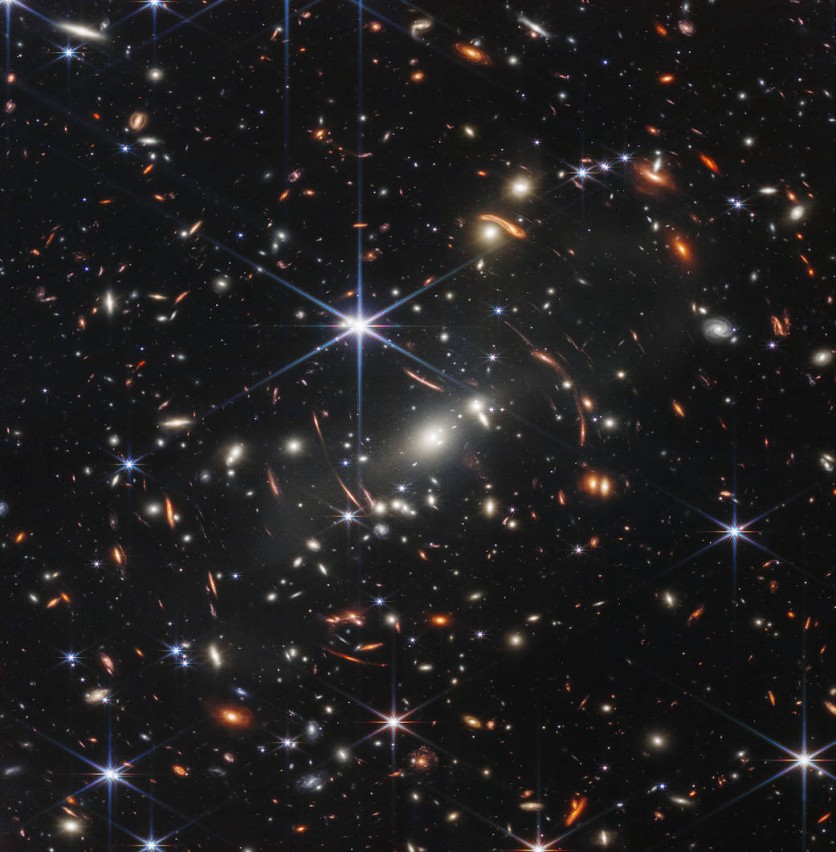The new era in astronomy has never been more exciting, thanks to NASA's newly-minted James Webb Space Telescope (JWST)!
As reported first by ScienceAlert, astronomers said that they had found the most distant galaxy ever observed from the deepest infrared image of the universe that JWST first released last month.
It's a record that has already been broken several times in the last two years alone. With JWST's impressive capabilities of looking deep into space, it is anticipated that it will soon be broken once more.

Record-Breaking Galaxy
Astronomers said in April that they had observed a galaxy just 330 million years after the Big Bang. Another was discovered at the moment 300 million years after the Big Bang in another JWST data last month.
But this new record-breaking galaxy is even more endlessly fascinating! It was found in the obscured early Universe, only 235 million years after the Big Bang.
For context, the Universe is only 13.8 billion years old, and we can only imagine how distant this recently discovered galaxy is!
Discovering this galaxy candidate, CEERS-93316 heralds the genesis of an exciting adventure in space. Indeed, this is only the beginning, and Webb is prepared to unravel further mysteries of the early Universe and provide us with a never-before-seen view of the cosmos.
Astrophysicist Callum Donnan of the University of Edinburgh is the lead author of a work that has been presented to the Monthly Notices of the Royal Astronomical Society. The paper is available on the preprint service arXiv and is currently undergoing peer review.
Read also : NASA's James Webb Telescope Is Capturing A 'Treasure Trove of Record-Breaking Distant Galaxies'
First Billion Years After Big Bang
According to ScienceAlert, cosmologists are particularly interested in the first billion years following the Big Bang. The Universe began to form everything during this time - such as matter, antimatter, dark matter, stars, galaxies, dust, and everything present in the cosmos.
Since light travels slowly, each light that reaches us from far-off space reflects an event that happened long ago. Hence, ScienceAlert said that light functions as a time machine for the furthest regions of the Universe.
Donnan and his team claimed that CEERS-93316 had to be near one of the earliest galaxies to form after the Big Bang.
However, additional spectroscopic observations will be required to determine the object's identity. This would ideally confirm the redshift. At that point, the object may focus on additional in-depth investigation and assist in compiling a list of objects from the early Universe, as noted by ScienceAlert.
But if CEERS was found not to be a galaxy, it would be stripped of its title as the most distant galaxy. If this turns out to be true, JWST will likely find another candidate as it forays further into the deep Universe.
Related Article : NASA James Webb Telescope's New Image Reveals Haunting Details of The 'Grand Design Phantom Galaxy'
This article is owned by Tech Times
Written by Joaquin Victor Tacla
ⓒ 2025 TECHTIMES.com All rights reserved. Do not reproduce without permission.




